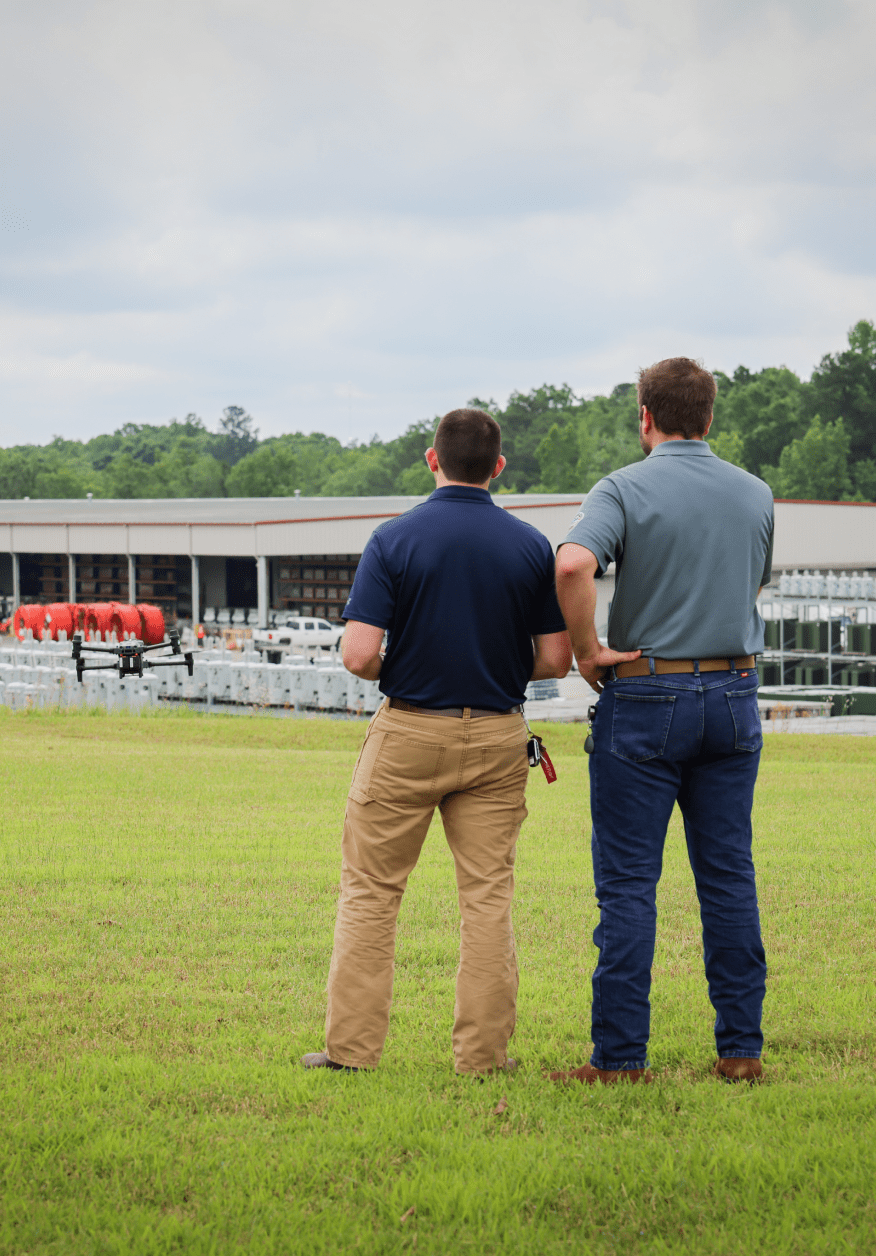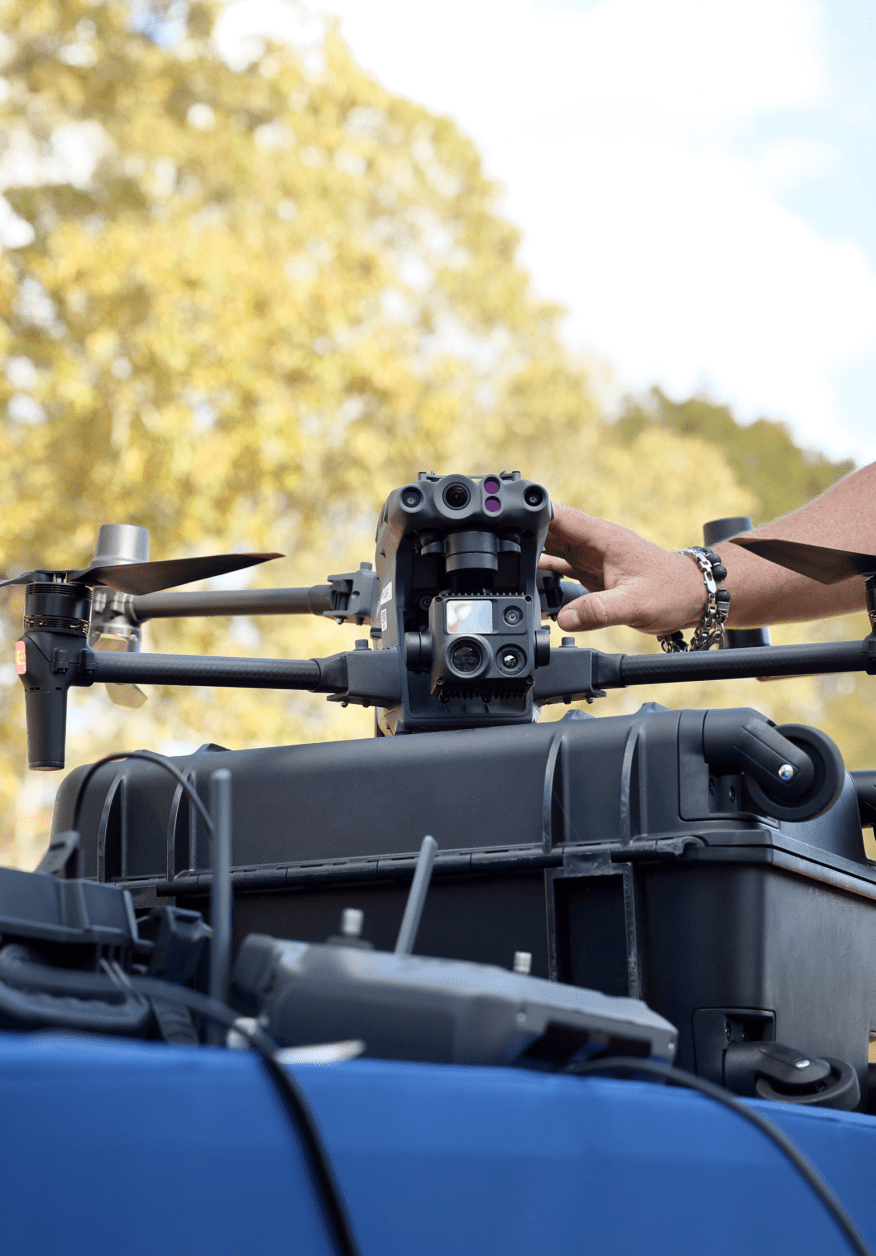
Discover the world of Gresco UAS, your trusted partner in unlocking the full potential of drone technology. Learn about our manufacturer and partner brands, get the latest insights from our news and articles, and explore exciting career paths
Why choose Gresco UAS? We offer comprehensive support, full-service support throughout your drone program life cycle, start-up options, and more. Learn how our 60-year legacy and seamless integration with Gresco Technology Solutions and Greco Utility Services offers you the full backing of an extensive network of industry expertise.


Leverage the expertise of top-tier Uncrewed Systems manufacturers and partners through Gresco UAS, your gateway to advanced drone technology and solutions designed for success. Experience unparalleled quality and reliability. Explore how our partnerships can benefit you.
Stay ahead of the curve in the Uncrewed Systems industry by exploring the latest trends, innovations, and success stories. Gain valuable insights and knowledge, tailored for both novices and seasoned professionals. Start learning today.


Take the next step in your career with Gresco UAS and contribute to a legacy of excellence and innovation in the supply chain industry. Join our family of dedicated professionals, where growth, respect, and success are shared values. Discover your place in the Gresco family today.

Contact the Experts at Gresco UAS